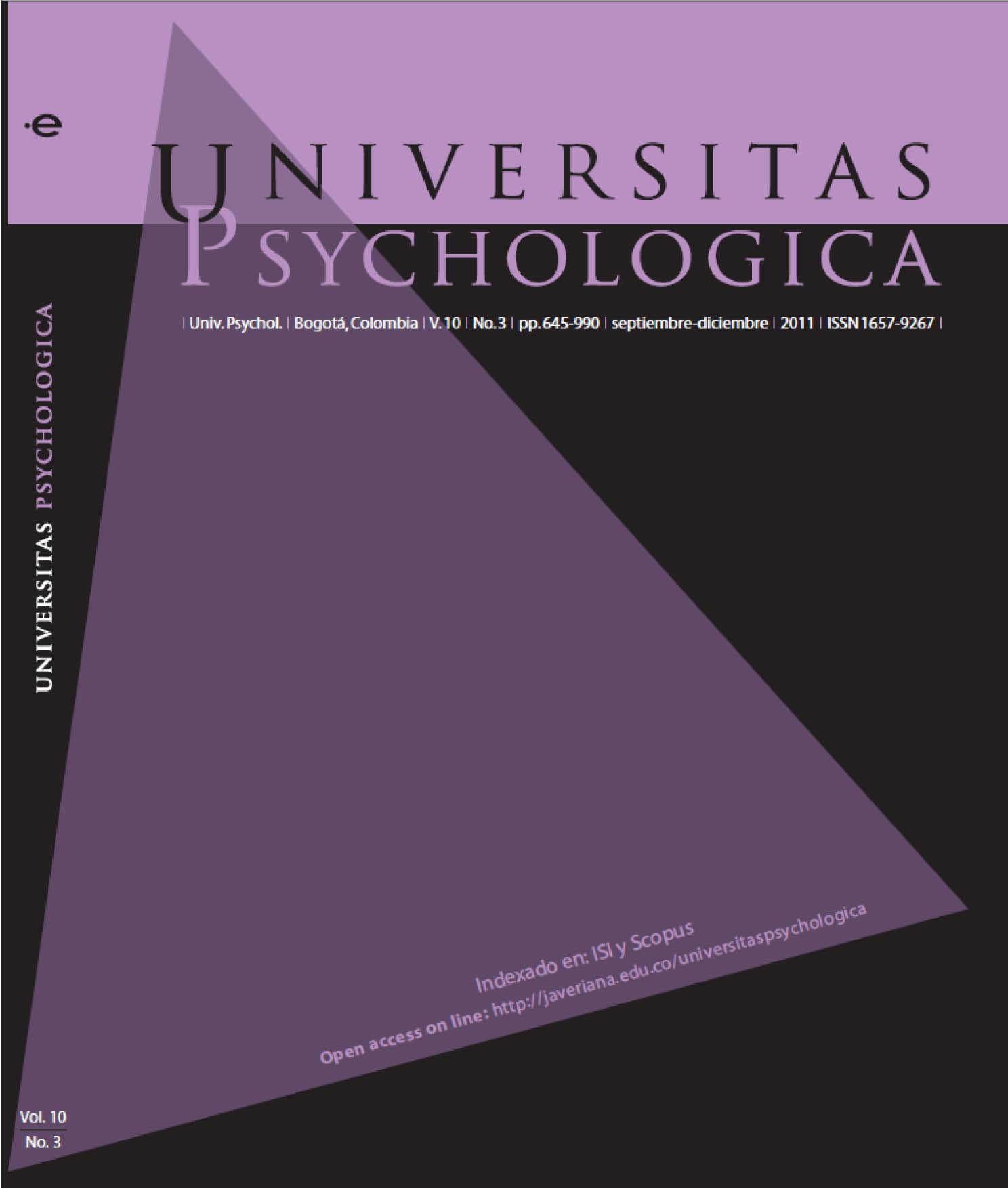Abstract
This article is the product of a qualitative researched design that used drawing as technique, describes the content and analyzes the structure and organization of the social representation of the Colombian armed conflict in children between 7 and 10 year, which studying in a school belonging to the National Police. The results show that this social fact is organized in the minds of children about the scenes of confrontation and attack, which are happens principally on rural context. Emerge strong allusions to actors, civilian populations are recognized as a direct victim, Police as the good part and the guerrilla as the bad guys; Police and Guerrillas are represented mainly by the male figure. Recurring images of weapons and death raises the perception of conflict as bad, while that originate in children feelings of discomfort and sadness
This journal is registered under a Creative Commons Attribution 4.0 International Public License. Thus, this work may be reproduced, distributed, and publicly shared in digital format, as long as the names of the authors and Pontificia Universidad Javeriana are acknowledged. Others are allowed to quote, adapt, transform, auto-archive, republish, and create based on this material, for any purpose (even commercial ones), provided the authorship is duly acknowledged, a link to the original work is provided, and it is specified if changes have been made. Pontificia Universidad Javeriana does not hold the rights of published works and the authors are solely responsible for the contents of their works; they keep the moral, intellectual, privacy, and publicity rights. Approving the intervention of the work (review, copy-editing, translation, layout) and the following outreach, are granted through an use license and not through an assignment of rights. This means the journal and Pontificia Universidad Javeriana cannot be held responsible for any ethical malpractice by the authors. As a consequence of the protection granted by the use license, the journal is not required to publish recantations or modify information already published, unless the errata stems from the editorial management process. Publishing contents in this journal does not generate royalties for contributors.


